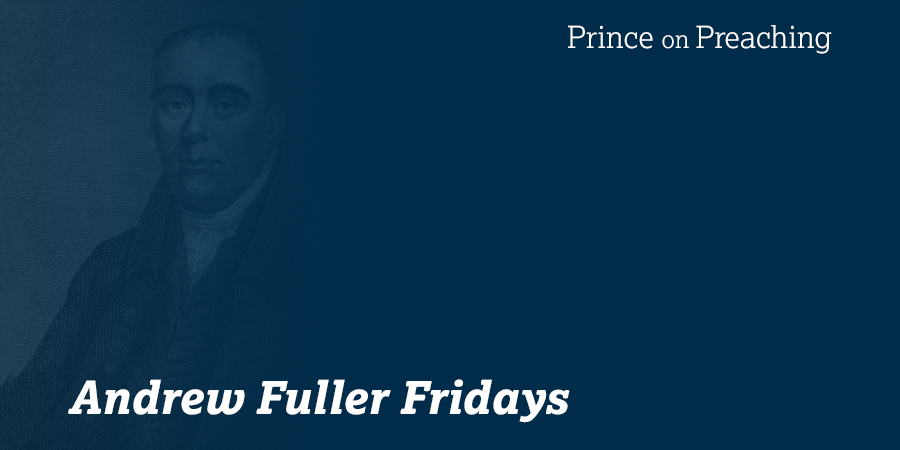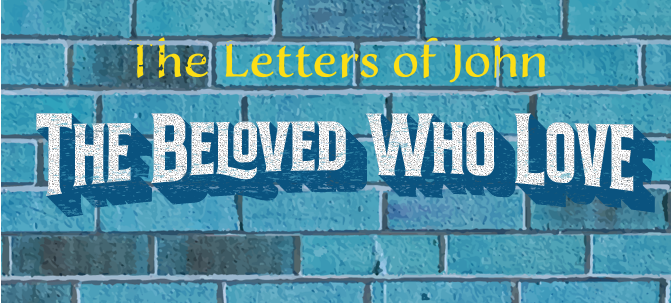
It is difficult to arrive at a desirable destination unless you use a map and know where you are headed. That is why I find so troubling contemporary skepticism about the use of typology in biblical interpretation. The best definition I have ever heard for typology is that it is a map of time. The Bible is a map of redemptive history. To read the map properly we must understand that Jesus makes the entire map readable and that the final destination of the map is eschatological consummation in the Kingdom of Christ.
Typology, as a map of time, provides redemptive historical markers of escalating correspondence between persons, events, institutions, and epochs of biblical revelation. Graeme Goldsworthy helpfully refers to micro (persons, events, institutions) and macro (epochs) typological correspondence (Preaching the Whole Bible as Christian Scripture, 111-113). In other words, the entire structure of biblical revelation is to be understood in light of Christ-centered typology. Russell D. Moore and I recently had a video conversation on expository preaching and he explained, “The story of the Old Testament is the story of Israel which is the story that Jesus has taken on in Himself.” As the last Adam, Jesus fulfills the story of Adam and the story of Israel, bringing their stories to their proper end. The Old Testament does not simply provide occasional connect-the-dots references to Jesus. Rather, the entirety of the Old Testament exists only because of Christ—who Himself is the Master-type.
The inherent divine, organic unity of the Bible demands that faithful interpreters of the Scriptures recognize the theological coherence of the entire canon. The Bible is the record of the progressive self-revelation of God and this makes its constituent texts interdependent. Typology is a logical consequence of biblical inerrancy and the fact of the organic unity of God’s Word. When God is recognized as the ultimate author of Scripture, attention should be given to the unique contribution of the human authors, because God’s revelation presents itself in history but as David S. Dockery has written, the interpreter must, “See the biblical text, rather than the author’s mind, as the place where meaning is concentrated” (Christian Scripture, 161).
Taking Christ and his kingdom as the controlling theme of the entire biblical witness grounds our interpretation of particular texts in the reality that the Bible is about Jesus and His Messianic mission. The biblical interpreter should proceed looking for the textual clues for what information in the biblical testimony is significant for rightly understanding a given text. Typology is a gift to the interpreter and acknowledging the gift affirms the principle that all Scripture is God-breathed and thus, Scripture interprets Scripture. Typology, as a map of time, is ultimately significant because it is headed somewhere—the eschatological kingdom of Christ.
Any discussion of typology usually leads to warnings about boundaries and the danger of drifting into the allegory (application based on a grid outside of the text). While I certainly acknowledge that mistakes are made using a Christ-centered typological approach to Scripture, I also want to note that interpretive mistakes are made with any approach to Scripture but I think the mistakes made with the proper goal of reading the entire Bible in light of Christ are less dangerous than mistakes made with a wrong interpretive goal. Grounding our interpretation of a biblical text in the facts and details of the text abstracted from redemptive history is fraught with more serious interpretive danger. If preachers want to arrive at the goal of God-exalting, gospel-centered expository sermons then you will need a map of time, typology, and an unswerving focus on the final destination—the eschatological kingdom of Christ.




